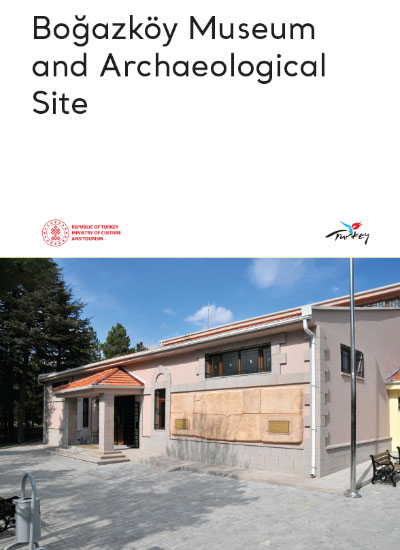The Hattusha (Boğazköy) archaeological site is situated 82 km southwest of Çorum. The settlement, located in the core region of the Hittite state, was built on numerous rock masses and mountain slopes at an altitude of 300 m above the plain at the southern end of the Budaközü Stream valley. The city is open to the north, while the other parts are surrounded by a city wall. The site was first discovered by Charles Texier in 1834, and excavations have been ongoing since the 1890s. A small settlement existed in the archaeological site of Hattusha since the third millennium BC. During the 19th and 18th centuries BC, settlements from the Assyrian Trade Colonies Age were observed in the Lower City. The name of the city was first encountered in written documents from this period. The first development period in Hattusha ended with a great fire, which was believed to have been caused by King Anitta of Kushshara. Based on the documents, Hattusha was resettled around 1700 BC immediately after its destruction and became the capital of the Hittite state in the 1600s. The city was founded by Hattusili I, who, like Anitta, was of Kushshara origin. As the capital, Hattusha became one of the most magnificent cities of its time, with impressive palaces, temples, walls, and neighbourhoods. After the collapse of the Hittite state during the reign of King Shuppiluliuma II in 1190 BC, Hattusha remained abandoned for four centuries. In the mid-8th century BC, the Phrygians settled in the area. During the Hellenistic and Roman periods (3rd century BC to 3rd century AD), Hattusha served as a principality centre surrounded by a small city wall, and during the Byzantine period, it was a village.
BOĞAZKÖY ARCHAEOLOGICAL SITE


